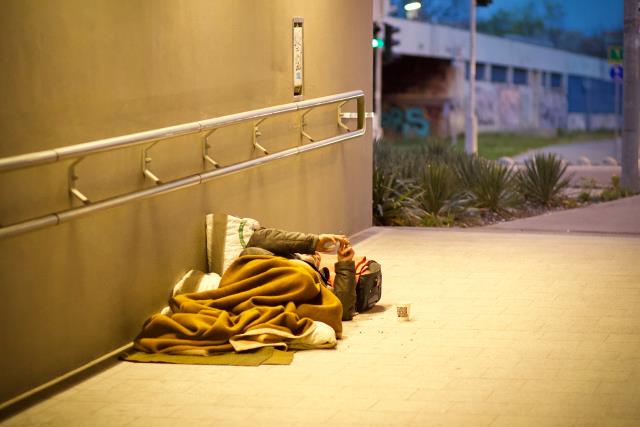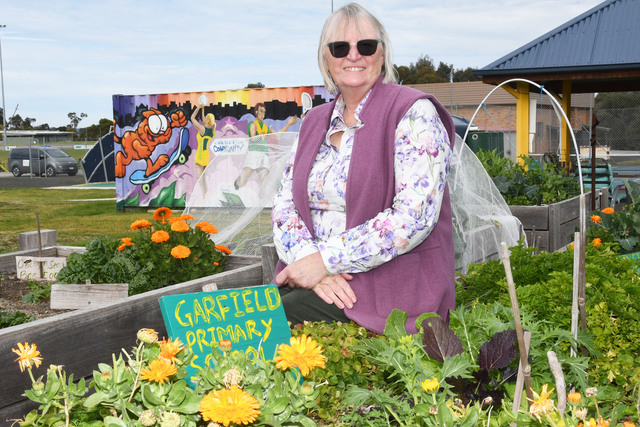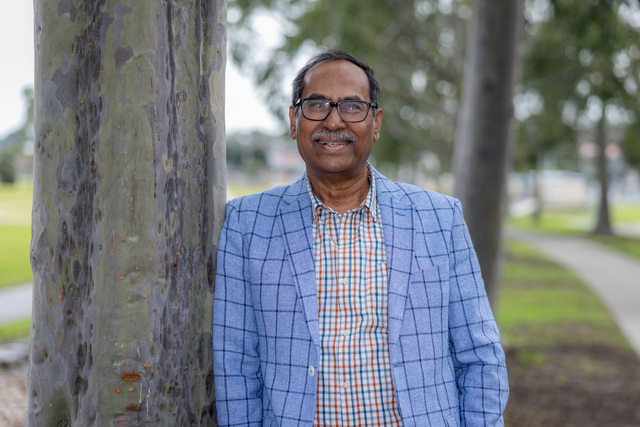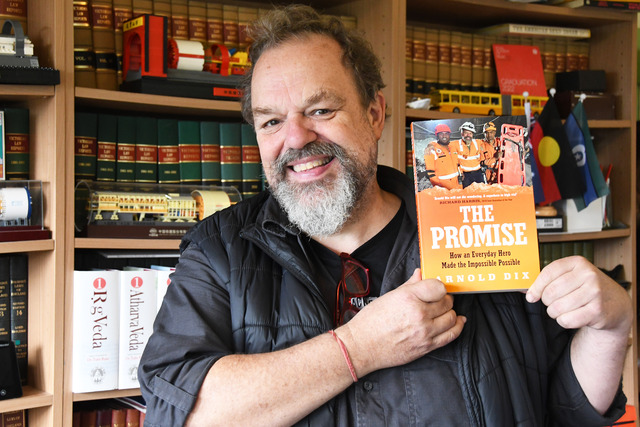Cost-of-living pressures are creating a housing crisis that has “never been quite so bad”, says Community Information and Support Cranbourne (CISC) executive officer Leanne Petrides.
Ms Petrides believes that Casey residents are victims of ongoing “geographical disadvantage”, lacking the convenience of the close proximity to services such as libraries and public transport afforded to inner city suburbs.
Statistics of the clientele at CISC since the beginning of 2020-21 financial year show that the majority of people (46 per cent) requesting assistance through the support centre are living in private rental properties.
“One of the things that we’re noticing is that people have this vision of housing stress and homelessness impacting on that vision that people have of the old person drinking in a park,” Ms Petrides said.
“It’s actually hitting the more traditional class, people who work or who are support workers, police, teachers, nurses, their income is even being stretched to the maximum in terms of trying to afford rental accommodation.
“What we see there is that if you’re on a limited income and you’re in a private rental, that’s probably be one of the most stressful situations because many, many people are paying more than 50-60 per cent of their income in rent, which of course then limits the amount of money they have to spend on everything else that they need.”
Many of clients that present to CISC are juggling multiple complex financial issues, as living in poverty creates a “snowball effect”.
“One of the things that we’re finding is that more and more people are coming to us with assistance requests for petrol, food, medication, education costs, and housing costs.
“They’re all intertwined.
“[The clients] might want to go look for a job but they can’t do so because they can’t afford their rent, and if they’re being kicked out, or they don’t have petrol in their car they can’t actually go to the job interview.”
Ms Petrides believes more investment in social housing is a key to addressing the issue.
Ahead of the 21 May Federal Election, Community Information and Support Victoria (CISVic) is advocating for at least 25,000 new social housing properties to be built each year, and for all income support payments to be lifted to $69 per day, compared to the current levels of $46.
The advocacy for investment in 25,000 social housing properties per year is based on the current social housing shortfall, currently estimated to be 433,400 properties, which is expected to grow to 727,200 by 2026, according to CISVic.
Meanwhile the increase in welfare payments will help ease financial pressure and get people “off the treadmill” of deciding what bill to pay, having been successful during the pandemic via the increase in JobSeeker payments and during the Global Financial Crisis of 2009, according to Ms Petrides.
“Through the global financial crisis with that stimulus payment, and with any stimulus payment that is ever given, we find that there’s a decrease in the number of people on Centrelink benefits who come to see us during that time.
“That was absolutely true though Covid-19.
“What we did find was that people who were normally in response to JobSeeker payments were not coming to us for assistance, and we were getting feedback from some who were coming to us to say, ‘This is fantastic, for the first time ever I feel like my load has lightened, I can pay my car registration, I’m paying insurance, extra rent.’
“It’s been proven that if you pay people enough money, they survive, they do well and they are healthy, positive and they contribute.
“Living in poverty makes it harder to get out of poverty, and that’s the bottom line.”
Casey Council called for more social housing for vulnerable people and families at a recent State inquiry into homelessness.
A council-commissioned analysis in 2019 found there were just 20 rental properties in Casey that were affordable to very low-income households.
“Between 2017 and 2019, only 12 new social houses were added in Casey, which is well below the amount needed to meet current and future demand,” the council submitted to the inquiry.
Without intervention, the unmet affordable housing would amount to more than 10,200 households by 2041.
About 4800 crisis accommodation places would be needed.
As of mid 2019, there were 14,835 households in housing stress in Casey – including 19 per cent of home-owners and 32 per cent of renters.







